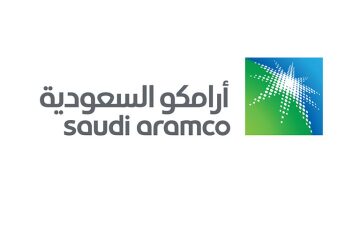
Saudi Aramco has made significant progress developing its shale gas reserves and will begin using shale gas for domestic industrial projects, the company said in its 2013 annual review.
The company said its unconventional gas program became fully operational in 2013, 2 years after it launched a program to develop unconventional gas in the frontier Northern Region, offering new resources for the country’s energy needs. Saudi Aramco is now ready to commit shale gas for the development of a 1,000-MW power plant that will feed a massive phosphate mining and manufacturing project. “Saudi Arabia will be among the first countries outside North America to use shale gas for domestic power generation,” the company said in the annual review.
Saudi Aramco is also actively exploring for unconventional gas resources in three areas of Saudi Arabia: the northwest, South Ghawar field, and the Rub’ al-Khali (Empty Quarter). “Due to the large scale of these unconventional gas resources and the complexity and intensity of the activity associated with their development, significant investment opportunities and economic benefits lie in the full value chain of this emerging industry,” the report said.
In addition to the progress in its shale gas program, Saudi Aramco announced that it discovered three oil fields and two gas fields over the past year. These include the deepwater Al-Haryd field in the Red Sea, which followed a significant gas discovery in the Shaur structure nearby in 2012.
The company said its first deepwater drillstem test operation was successfully executed at Duba-1, located in the northern Red Sea. Tests conducted at a depth of 2,127 ft indicated tight reservoirs for potential future development.
Saudi Aramco increased gas production in 2013 to 11 Bcf/D, from 10.72 billion Bcf/D in 2012.
